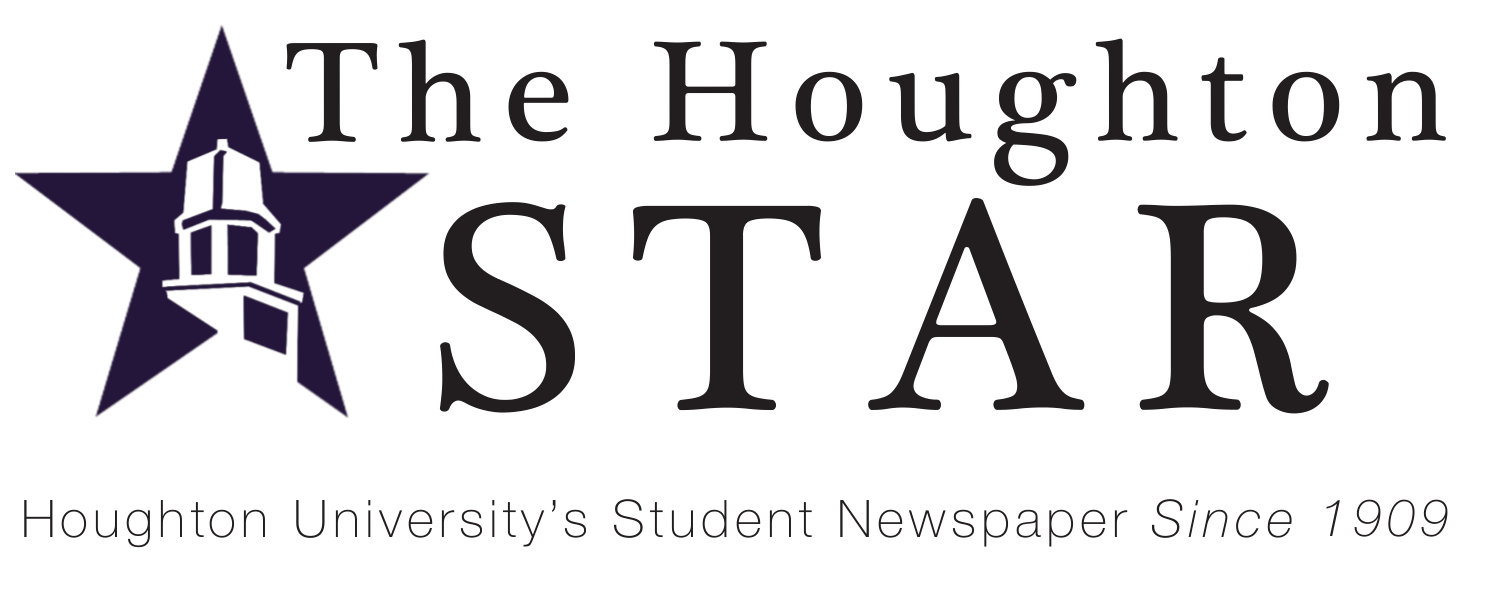Tag: creative writing
February 21, 2025
Opinions
Creating in Times of Crisis
Jonan Pilet Last December, I had the privilege of giving a talk at Houghton University titled Fiddling While Rome Burns:…
April 12, 2014
Stories In Focus
Houghton’s Literary Magazine Burns Bright
In an average week students regularly see the campus publications The Houghton Star and The Drawing Board strewn about. To…
